But your ears thirst for the sound of your heart’s knowledge.
You would know in words that which you have always known in thought.
You would touch with your fingers the naked body of your dreams.Kahlil Gibran
One of the joys of the Tarot is its paranoia. Each deck promises to be a book containing the universe in all its detail—the physical and the metaphysical: that which is, was, will be, could be, isn’t, and wasn’t—as long as you know how to read it. And as the deck connects to everything, so everything connects back to the deck; thus the world becomes a conspiracy of meaning.
I say this by way of a caveat. Nothing I’m about to say is definitive, or even wholly justified, but rather a record of trying to follow a thread, and then getting tangled in other threads, until the little web of etiologies and etymologies is strong enough to lift the searcher off the ground. And in the spirit of a kind of paranoia, I intend to find my way by going too far.
The Judgement Card
In my beginning is my end. In succession
Houses rise and fall, crumble, are extended,
Are removed, destroyed, restored, or in their place
Is an open field, or a factory, or a by-pass.
Old stone to new building, old timber to new fires,
Old fires to ashes, and ashes to the earth
Which is already flesh, fur and faeces,
Bone of man and beast, cornstalk and leaf.T. S. Eliot
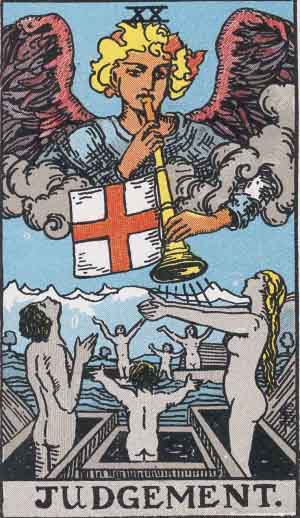
The Judgement card tends to get less attention than the other cards of the Major Arcana. I suspect that even among occult circles, which tend to be less secular than the mainstream crowd, the Judgement card’s imagery is a little too exoterically Christian for many tastes, lacking as it does the baroque archetypal mishmash of The Lovers or the heavy-metal overtones of The Devil to redeem it for contemporary sensibilities.
A middle-of-the-road reading of The Judgement might go something like Paul Huson’s in The Devil’s Picture Book (1973): “[I]t signifies the final determination of some matter, with further suggestion of a new enterprise to follow.” Looking more toward the digital age, The Golden Thread Tarot app points us toward self-reflection before moving on to another stage in our progress when we encounter this card.
You might also, I claim, think of this card as a metaphor for cartomancy more broadly. In flipping over the cards, we call them to pop up and reveal themselves like the bodies depicted jumping out of their graves, all the possibilities of the shuffled deck collapsed into a singular, specific reality to be judged. If you think of divination as Agrippa does, with the inert tools given life by some supernatural virtue so that they can tell us their message,1 there you have it in the lifeless bodies of the dead suddenly ensouled again that their truth may be discerned.
The Flag of St. George
Blow after blow on our heart
as we grope through the flux for footholds,
grabbing for things that won’t pull loose.
They fail us time after time and we slide back
without understanding where we are going.
Remembering how the periodic table of the elements
didn’t fit the evidence for half a century.
Until they understood what isotopes were.Jack Gilbert
A few months ago, an Instagram account I follow pointed out that The Judgement card in the Rider-Waite-Smith deck features the flag of St. George, an equilateral red cross on a white background.2 Whoever runs the account pointed to St. George’s association with chivalry and victory over evil by way of his being, among other things, a slayer of dragons. But my mind jumped to something else.
Much like days honoring the Virgin Mary, feast days honoring St. George are scattered across the spring, often falling more or less within a week of May 1st (which in addition to its vernal celebrations is the feast of the Virgin Mary’s coronation). It is no surprise then that St. George is himself a figure of spring. St. George’s Feast day on May 6th is said to open the spring in Ukraine3 and the farming season in Bulgaria.4 The Golden Legend claims that his name means “one who works the earth, namely, his own flesh” in an apparent reference to agriculture and spring tilling and sowing.5 James Frazer tells us the feast day of St. George was also the first day that herders brought their cattle to the fields among the Estonians and in parts of Baden.6 Frazer also tells us that the festival of Green George, often celebrated on St. George’s feast day with a particularly vernal version of St. George, was the primary celebration of the spring among the Roma of Transylvania and Romania.7 Among Russians, Belarusians, and Moravians, St. George was said to “keep the keys, which lock winter and unlock spring.”8 This notion of unlocking the earth makes St. George a figure to ponder not only, then, in The Judgement’s vision of the dead returning to life as the green world does each spring, but specifically in The Judgement’s liberatory symbolism of the earth being unlocked and the dead being freed from the underworld.
But things would seem to be more complicated than that.
Enter the Dragon
The dragon appears in Book 12, menacing a woman and her child:
And there appeared a great wonder in heaven; a woman clothed with the sun, and the moon under her feet, and upon her head a crown of twelve stars: And she being with child cried, travailing in birth, and pained to be delivered. And there appeared another wonder in heaven; and behold a great red dragon, having seven heads and ten horns, and seven crowns upon his heads. And his tail drew the third part of the stars of heaven, and did cast them to the earth: and the dragon stood before the woman which was ready to be delivered, for to devour her child as soon as it was born.10
As with the angel, this woman is not explicitly identified—it might be the pattern or role that matters more than the individual—but various thinkers have pointed to various details about her as indicating that she is none other than the Virgin Mary. A theologian no less mainstream than Pope John Paul II made the case for linking this woman both to the Virgin Mary and to Eve, “the woman” in God’s speech to the serpent—”And I will put enmity between thee and the woman, and between thy seed and her seed; it shall bruise thy head, and thou shalt bruise his heel”—all the way back in Genesis:
In this way, she who as the one “full of grace” was brought into the mystery of Christ in order to be his Mother and thus the Holy Mother of God, through the Church remains in that mystery as “the woman” spoken of by the Book of Genesis (3:15) at the beginning and by the Apocalypse (12:1) at the end of the history of salvation.11
While this enmity doesn’t express itself in the Woman of the Apocalypse slaying the dragon directly in Revelation, the enmity has seemed to be enough for that line to get a little blurry for some. For example, in An Exorcist Explains the Demonic: The Antics of Satan and His Army of Fallen Angels (a book that is frankly more fun than it has any right to be), Fr. Gabriele Amorth tells us to always invoke Mary when doing an exorcism because:
The enmity between Mary and Satan—proclaimed solemnly by God in the first book of Genesis (Gen. 1:3–15) and manifest in the eschatological struggle with the dragon— makes her the number-one enemy of the demon. She will be the one to crush his head at the end of time.
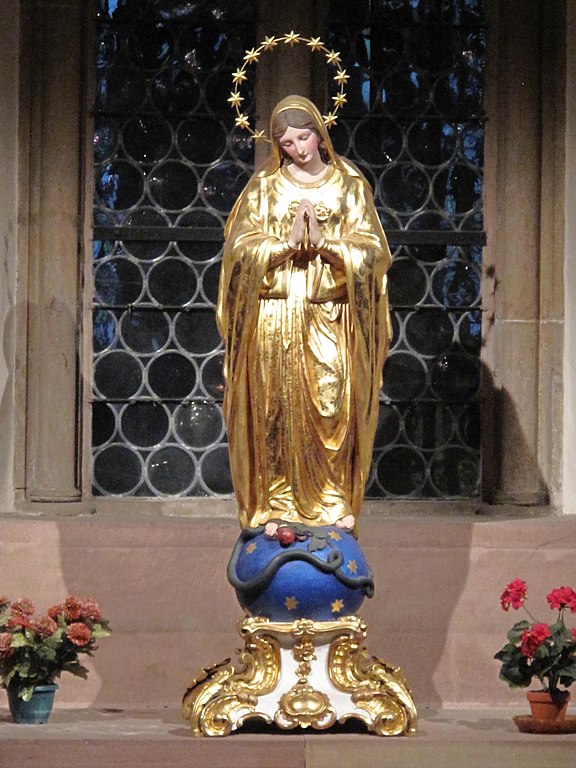
Statue of Virgin Mary in the transept of the cathedral of Strasbourg, France. Credit: Wikimedia Commons.
Indeed, this fuzziness is not just a 20th-century phenomenon. An 1859 statue of Mary with a halo of 12 stars in the Strasbourg Cathedral shows her calmly standing on a serpent, and a 1734 statue by Bernardo de Legegardo, called “The Woman of the Apocalypse” and the “Dancing Madonna,” shows Mary with both feet planted on a serpent, riding it across a wave like a demonic surfboard. And while Peter Paul Rubens’s 1623/1624 painting “The Virgin as the Woman of the Apocalypse” shows Mary standing on a serpent while the angel Michael slays a separate dragon nearby, Miguel Cabrera’s 1760 painting “Virgin of the Apocalypse” (which Linda B. Hall points out is likely based on Rubens’s painting12) combines these actions, showing Mary standing on one of the dragon’s heads while another looks up to see Michael descending upon it with a sword.
But this apocalyptic image of a woman recapitulating Mary as mother and Eve as foe of serpents isn’t the only nod to prefiguration we might find in the Last Judgement and thus in the Judgement card. The angel Gabriel calling the bodies and souls of mankind to be born from the earth that they may be seen and examined for their judgement is in a way prefigured by the Annunciation (typically celebrated around the vernal equinox), when that same angel told Mary she would give birth to God incarnate, another announcement of a body to be ensouled and made miraculously manifest. Indeed, Mary is not the only person in this complex of figures through which God becomes manifest, finite, and singular to us. Ann Storey argues that the Woman of the Apocalypse allowed women such as Hildegard von Bingen and Elisabeth of Schönau to describe direct manifestations of the divine that were feminine.13
Promises Made Flesh
When I asked Mr. Johnson how the union succeeded in winning some of their demands, without the slightest hesitation he reached into the drawer of his nightstand and pulled out a dog-eared copy of V. I. Lenin’s What Is to Be Done and a box of shotgun shells, set both firmly on the bed next to me, and said, “Right thar, theory and practice. That’s how we did it. Theory and practice.”
Robin D. G. Kelley, Hammer and Hoe
This is where I want us to linger in thinking about The Judgement. The Judgement card is not only a card about the final outcome of something being revealed to us that it may be judged, but also a card of promises made flesh, a card of the ideas and ideals we have becoming truly manifest in their becoming realized, and thus becoming something we can finally scrutinize in their particulars.
And so the Judgement card offers us a chance to make a reckoning not just of the final products of our actions on their own merits, but against the necessary tension between the ideal and the reality, the infinite and the finite, the soul and the body, the endless possibility of the earth and the individual thing that grows from it. The Judgement card is a card that invites us to consider the problem of praxis, that our theoretical understanding of what will, could, or should be can only come into being in some imperfect, finite way.
In a “betrayal” of Mao, this recalls or was prefigured14 by Žižek’s15 statement on Mao’s On Practice and Contradiction:
In the same way as Christ needed Paul’s ‘betrayal’ in order for Christianity to emerge as a universal church…Marx needed Lenin’s ‘betrayal’ in order to enact the first Marxist revolution: it is an inner necessity of the ‘original’ teaching to submit to and survive this ‘betrayal’…16
Which finally brings us back to St. George for what is the last time (at least for now). As keeper of the keys that unlock spring, St. George prompts us to have a certain joy and charity when comparing the products of our actions against their original intents. For while the material reality of a thing may in many ways fall short of and betray its ideal, it is also this material form that “unlocks” it, freeing and unleashing it that it may have expression on this earth.
As St. George is the saint of this particular spring, he is also the saint of all springs and of the form of spring. Thus the Judgement card reminds us also that the product of a pattern is likely not that pattern’s end. The etymology of St. George’s name from the Golden Legend quoted earlier could put us in mind then of what Richard Quinones says of the gravedigger scene in Hamlet:
Man is seen in a more universal horizon, stretching from Adam to doomsday. Yet there is a basic sameness of pattern within this duration. The essential stages of life between the termini of birth and death are reduced to the termini themselves. Hence, the paradox that time of such vast extent is actually single in its pattern: earth returns to earth….17
Although the judgement shown on the card may be the Final Judgement for souls, we make our judgements in part because there will likely be a next time, another specific example of the eternal pattern, another instance of the ideal made manifest flesh. Even a figure as seemingly final as the Woman of the Apocalypse seems to echo backwards through time, with Elizabethans playing with ideas of Queen Elizabeth being both a kind of Virgin Mary and a kind of Woman of the Apocalypse,18 and the original image of the Virgin of Guadalupe supposedly painted by God Himself on the garment of the man who saw her first apparitions came in the form of the Woman of the Apocalypse.19 Indeed, even the hagiography of St. George in the Golden Legend, in which St. George slays a dragon at the behest of a parent whose child it would otherwise eat, seems to play out a new arrangement of same melody we get with the Woman of the Apocalypse, either centuries afterward (if viewed from the writing of Revelation) or millennia before (if viewed from the eventual fulfillment of the prophecy).
The Judgement card doesn’t just call us to make a reckoning of how faithfully outcome embodies the soul of intent, to do a final analysis now all the data are in, and to recognize that there is no perfect translation of idea into the world of flesh. It is also a card reminding us that the products of our actions are prefigured not only in the actions themselves and in the ideas that lead to those actions, but also in past actions, past products, past seeds, and past plants—that the dream made material, the God made flesh, is always the God foretold in either thought, word, or pattern.
And thus The Judgement asks us: What will we learn from this final judgement to help us in the next final judgement, when this end becomes just another prefiguration?
Cooper Wilhelm is a poet and cartomancer living in Brooklyn. He hosts Witchhassle, a podcast about the labor of magic. To learn more or get a card reading, go to cooperwilhelm.com or follow him on Twitter.
For more on this, look to Agrippa’s Book II, Chap. LIV.
Malakhim Tarot [@malakhim_tarot]. Photo of the Judgement card. Instagram, 7 May 2021, https://www.instagram.com/p/COktD1eH6el.
“St. George.” Internet Encyclopedia of Ukraine. Canadian Institute of Ukrainian Studies. http://www.encyclopediaofukraine.com/display.asp?linkpath=pages%5CS%5CA%5CSaintGeorge.htm. Accessed 13 Jul. 2021.
“St. George’s Day beyond the festive table and the military parades.” BNR Radio Bulgaria, Radio Bulgaria, 6 May, 2021, https://bnr.bg/en/post/101463486/st-george-s-day-beyond-the-festive-table-and-the-military-parades.
Voragine, Jacobus de. The Golden Legend. Translated by William Granger Ryan. Princeton UP, 2012. p. 238.
Frazer, James George. The Golden Bough. Part 1, Vol. 2. MacMillan, 1966. p. 331, 337.
Frazer, James George. The Golden Bough. Abbridged version. Penguin Books, 1996. pp. 152-153.; Frazer, James George. The Golden Bough. Part 1, Vol. 2. MacMillan, 1966. p. 343.
Ibid., p. 332-333; qtd. in Stefano, Michelle L. Practical Considerations for Safeguarding Intangible Cultural Heritage. Taylor & Francis, 2021. p. 67
In Islam, it’s generally thought to be Raphael. Paul Huson says it’s Michael. This is part of the fun.
Revelation 12:1-4
Pope John Paul II. “REDEMPTORIS MATER: On the Blessed Virgin Mary in the life of the Pilgrim Church/./” Libreria Editrice Vaticana. https://www.vatican.va/content/john-paul-ii/en/encyclicals/documents/hf_jp-ii_enc_25031987_redemptoris-mater.html
Hall, Linda B. “Images of Women and Power.” Pacific Historical Review. Vol. 77, No. 1, Feb. 2008, p. 6. JSTOR, https://www.jstor.org/stablePrac/10.1525/phr.2008.77.1.1.
Storey, Ann. “A Theophany of the Feminine: Hildegard of Bingen, Elisabeth of Schönau, and Herrad of Landsberg.” Woman’s Art Journal, vol. 19, no. 1, 1998, pp. 16–20. JSTOR, https://www.jstor.org/stable/1358649.
It’s at least something I was thinking about before and as I wrote this essay.
I know, but please indulge me.
Žižek, Slavoj. Introduction. On Practice and Contradiction, by Mao Tse-Tung, Verso, 2007, p. 2.
Quinones, Richard J. The Renaissance Discovery of Time. Harvard UP, 1972, https://archive.org/details/renaissancedisco0000quin. p. 397.
McClure, Peter, and Robin Headlam Wells. “Elizabeth I as a second Virgin Mary.” Renaissance Studies, March 1990, Vol. 4, No. 1 (March 1990), pp. 38-70. JSTOR, https://www.jstor.org/stable/pdf/24412521.pdf.
Davies, Drew Edward. “Villancicos from Mexico City for the Virgin of Guadalupe.” Early Music, May 2011, Vol. 39, No. 2 (May 2011), pp. 229-230. JSTOR, https://www.jstor.org/stable/pdf/41262167.pdf.


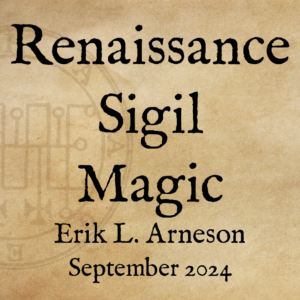

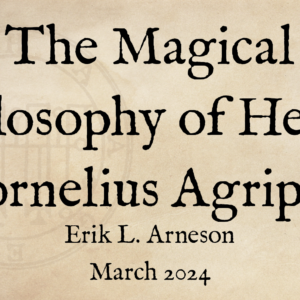
Leave a Reply